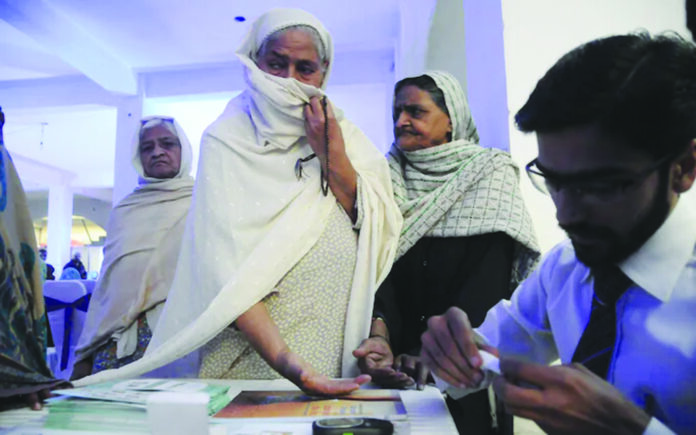Diabetes is a widespread condition that can lead to serious health issues when not managed well. One of the most concerning complications for people with diabetes is eye damage, which can lead to vision loss if left untreated. Unfortunately, awareness about diabetic eye complications remains low, and many individuals may not recognize the signs or understand the importance of regular eye check-ups. Increasing public awareness of diabetic eye complications is essential to encourage early detection and treatment.
Diabetic eye disease refers to a group of eye conditions that affect people with diabetes, with diabetic retinopathy being the most common. Diabetic retinopathy occurs when high blood sugar damages the blood vessels in the retina, the light-sensitive tissue at the back of the eye. Over time, these damaged vessels can leak fluid or blood, leading to vision impairment or, in severe cases, blindness. Diabetic macular edema (DME), a complication of retinopathy, involves swelling in a part of the retina called the macula and is a leading cause of vision loss among people with diabetes. Other diabetic eye complications include cataracts and glaucoma, which occur earlier and more frequently in those with diabetes than in the general population.
One of the most alarming aspects of diabetic eye disease is that it often progresses without symptoms in its early stages. People with diabetic retinopathy or macular edema may not notice any changes in their vision until significant damage has already occurred. This “silent” nature of the disease is why regular eye exams are crucial for early detection. The American Diabetes Association recommends that people with diabetes have a comprehensive eye exam every year, as early detection and timely treatment can prevent up to 95% of vision loss.
The impact of diabetic eye disease extends beyond physical health; it can also lead to emotional and financial burdens. Vision loss affects daily life, making it difficult to drive, read, or recognize faces. This loss of independence can lead to depression and anxiety, as well as increased reliance on caregivers. Additionally, the costs associated with diabetic eye complications—from treatment expenses to lost wages—place a heavy financial burden on individuals and society.
Raising awareness about these complications starts with educating people with diabetes and their loved ones about the importance of controlling blood sugar levels, blood pressure, and cholesterol. Proper diabetes management reduces the risk of developing diabetic eye disease and other complications. Furthermore, annual eye exams with an ophthalmologist or optometrist are essential for monitoring changes in eye health and catching issues early.
Public awareness campaigns can also play a crucial role in educating people about diabetic eye disease. These campaigns should emphasize that even those with no noticeable vision problems need regular eye exams. Community events, educational materials, and collaborations with healthcare providers can help reach a wider audience. Digital platforms can be particularly effective for spreading awareness, as social media, websites, and online videos can reach people where they are and provide valuable information.
Additionally, healthcare providers should be proactive in discussing the risks of diabetic eye complications with their patients. Regular reminders from primary care providers and diabetes specialists about the importance of eye health can encourage more patients to prioritize their eye care.
In conclusion, diabetic eye disease is a severe complication of diabetes that threatens the vision of millions of people worldwide. Raising public awareness about these complications, encouraging regular eye exams, and promoting healthy lifestyle choices are essential steps toward preventing vision loss in people with diabetes. Through education and awareness, we can empower individuals to protect their vision and improve their quality of life.























